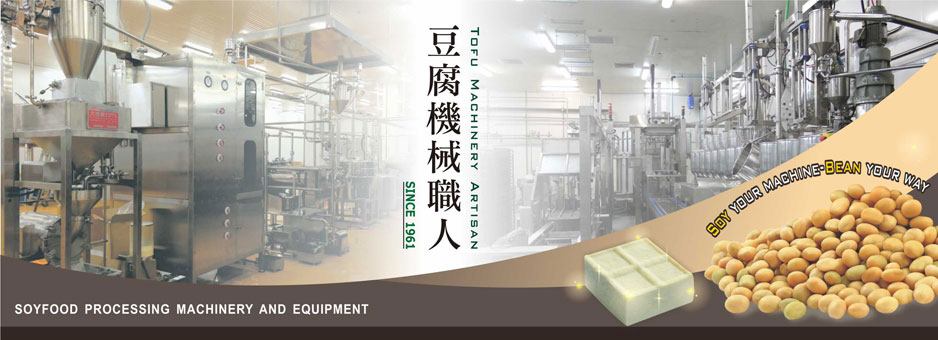Adventurous? Stinky Tofu Worth a Try
In a recent New York Times article, Wu Hsu Pi-Ying, owner of Dai Family House of Unique Stink in Taipei, Taiwan, described reactions to stinky tofu, a fermented Taiwanese food. “Now and again a tour bus full of foreigners stops by. Some of them love it. Others will spit their first bite into a tissue.”
I had the opportunity to visit this restaurant a few years ago and fell very much into the latter camp. In fact, I had to leave the restaurant before my order even arrived since I was so repelled by the smell alone. My Chinese colleagues, on the other hand, weren’t the least bit deterred. They finished their own orders as well as mine.
I quickly found out, though, that some versions of stinky tofu are more palatable than others. Although it can be served steamed or cooked into soup, street vendors typically sell it as a deep-fried snack. There happened to be such a vendor right outside the restaurant, and the deep-fried version wasn’t half bad.
While most of the soy consumed by ethnic Chinese is unfermented, stinky tofu is an exception in Taiwan where it’s considered to be the country’s national snack. Since it can be made using a number of different starter bacteria formulas, there are wide regional and individual variations in stinky tofu products. Traditionally, it’s steeped in a brine of fermented milk, vegetables and meat. Brines may also include dried shrimp, amaranth greens, mustard greens, bamboo shoots, and Chinese herbs. Although traditional production takes as long as several months, modern factories sometimes produce stinky tofu in just a day or two. This process adds the familiar odor to the tofu, but doesn’t ferment it completely.
Like all traditional soyfoods, stinky tofu is a good source of isoflavones, compounds that may provide a number of health benefits. Stinky tofu is unique, however, in that it also contains good quantities of the isoflavonoid equol.1 In consumers of stinky tofu urinary equol levels are quite high, indicating good absorption of this compound.
Equol is produced through the metabolism of the isoflavone daidzein by intestinal bacteria. There has been quite a bit of research on the potential health benefits of equol, including effects on skin and menopausal symptoms.3 But only about a third of westerners host the bacteria that convert daidzein into equol.4,5 This means that some Americans may not be reaping all of the benefits of eating soyfoods, especially when compared to Asians, who as a group are much more likely to produce equol. Eating stinky tofu may be the answer in this case. If you have an adventurous palate, it’s worth a try.
Author By Dr. Mark Messina
https://thesoynutritioninstitute.com/adventurous-stinky-tofu-worth-try/





